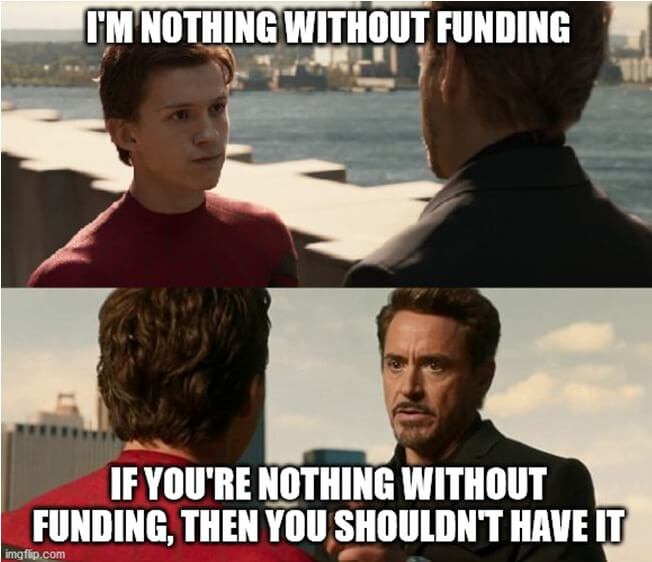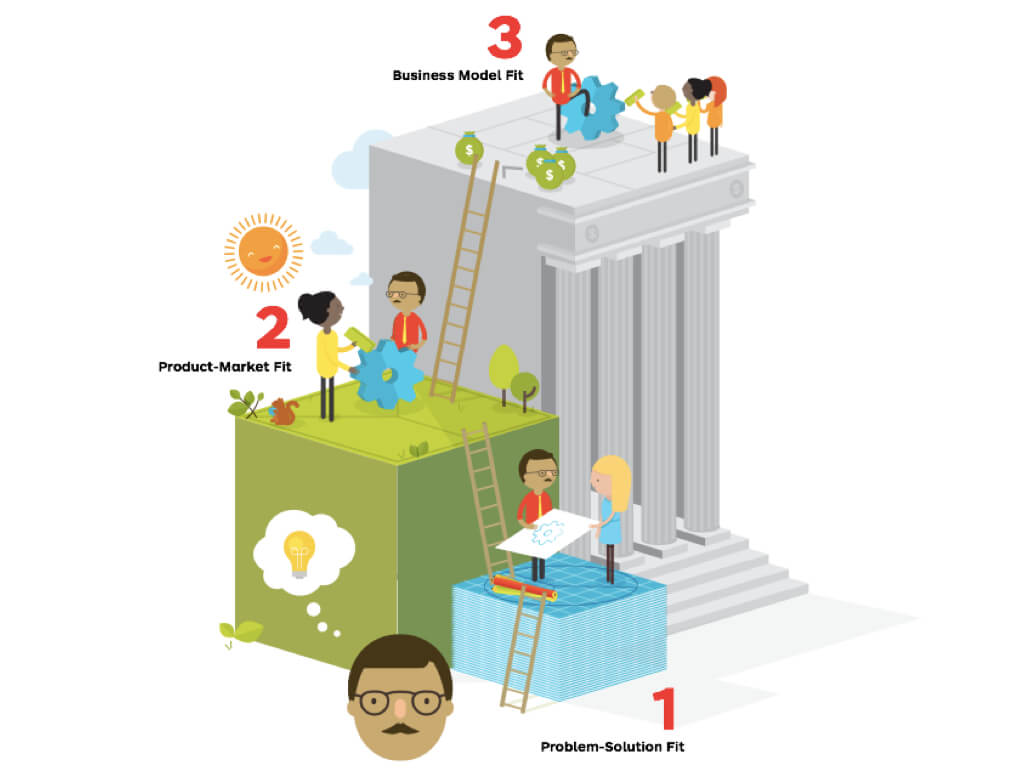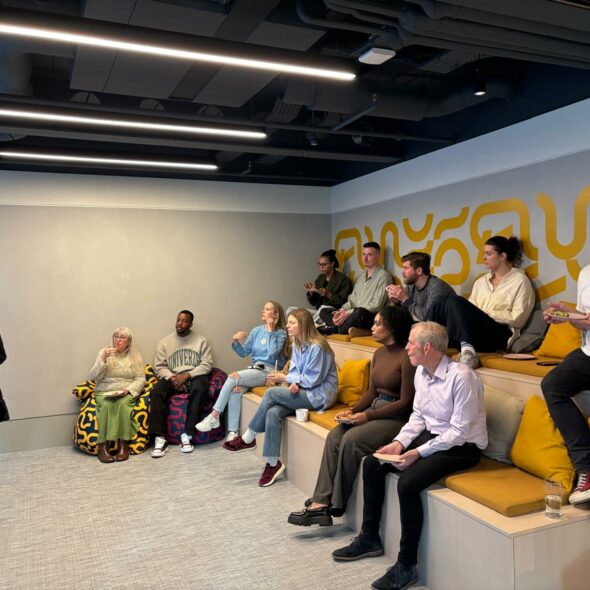Booking form

27.08.2020 | 6 min read |
by Andrea Rácz
Early Stage Startup Mistakes and How To Avoid Them #1: Trying to raise money with an idea
We have all been there. The perfect idea pops into your head in the shower. You are absolutely convinced that your idea is revolutionary and it’s going to make you a gazillionaire. Now, you don’t need anything else but an investment and you’re good to go.
But the harsh reality is that even though you need a good idea to build a startup, bad ideas look just like good ideas in the beginning. There is no way to know in advance.
Investors know this. With only an idea, no one in their right mind will fund you. (unless you are this guy)
There are, of course, exceptions to this rule: you are well-known and well-connected in your industry, have at least one exit under your belt or a wealthy relative can give you a small loan of a million dollars. But chances are, none of these will apply to you. You will need to convince investors that your idea is not complete garbage.
Why is that? Good investors are approached by hundreds (sometimes thousands) of startup founders every month and they need to filter them. One of the great filters is the question:
“What have you built?”
You might say: “But I need the money in order to proceed”.
And this will be their reaction (that is, if you manage to get a meeting with them):

But the good news is, you are NOT nothing without the investor’s money. You can do A LOT without investment.
Even though in most languages the literal translation of venture capital is “risk capital”, venture capitalists are highly risk-averse. Your best bet is reducing that risk for the investor, and frankly, for yourself and your team too. A great way to go about it is to find the riskiest assumption you have about your idea and test it. In the beginning, this is the assumption that anyone would use your product.
How can you do that?
Validate the hell out of that idea.
You can use a 1+3 step framework to arrive at a basic level of validation.
0. Keep an open mind. For the sake of testing, temporarily let go of the idea for the product, but think of the general life or business area where the product would be used.
Example: The idea is a SaaS (Software as a Service) product that would help pet owners track what their non-human friend eats. Forget the concrete product for now, and just think of the pet owners as your market.
- Talk to potential customers. Ask a lot of open-ended questions about [insert life or the business area where your product would be used]. Try to discover what everyday life looks like for them and what they do routinely. Don’t mention your product yet.Example: Talking to some of your friends that have pets, you learn that pets need to be fed, walked, groomed and taken to the vet from time to time.
- Identify key areas where PROBLEMS are. The problems must be big and important enough for your target customer, and must be inadequately solved by existing solutions.
Example: You discover several areas. Pet health is one. Tracking their movement might be another. Training. Grooming. Pet sitting. Pet insurance.
- Identify the most important SUB-PROBLEMS. What is the smallest part of an important problem that you could meaningfully solve? Would that create value for your customer if you solve only that part and not (yet) the other parts?
Example: You decide to focus on pet health as several interviewees mentioned this. Zoom in, pet health tracking. (This is where your original idea is). Zoom in even more, you identify a more pressing sub-problem: storing your pet’s medical records. There is no good solution for this on the market.
Congratulations, you have identified a well-defined problem that is important enough for at least a smaller subset of your target market.
You have arrived at the first, basic level (or building block) of validation: problem-solution fit. We’ll talk about the higher levels (product-market fit and business model fit) in subsequent posts.

Source: https://www.strategyzer.com/blog/posts/2014/11/10/survival-of-the-fittest
You literally spent zero dollars, and you have something to show investors. But don’t rush to show it to them just yet, now is the time to think about your product, or in startup lingo, craft your value proposition.
But more on that in my next post, stay tuned:
Early Stage Startup Mistakes and How To Avoid Them #2: Building something nobody wants
About the author
Balázs Slezák is an engineer, serial entrepreneur and startup mentor. Co-founder of Forma Eyewear (acquired in 2018), currently CEO of Wozify, an engineering firm that builds hardware and software products for startups and provides “technical co-founder as a service”.


